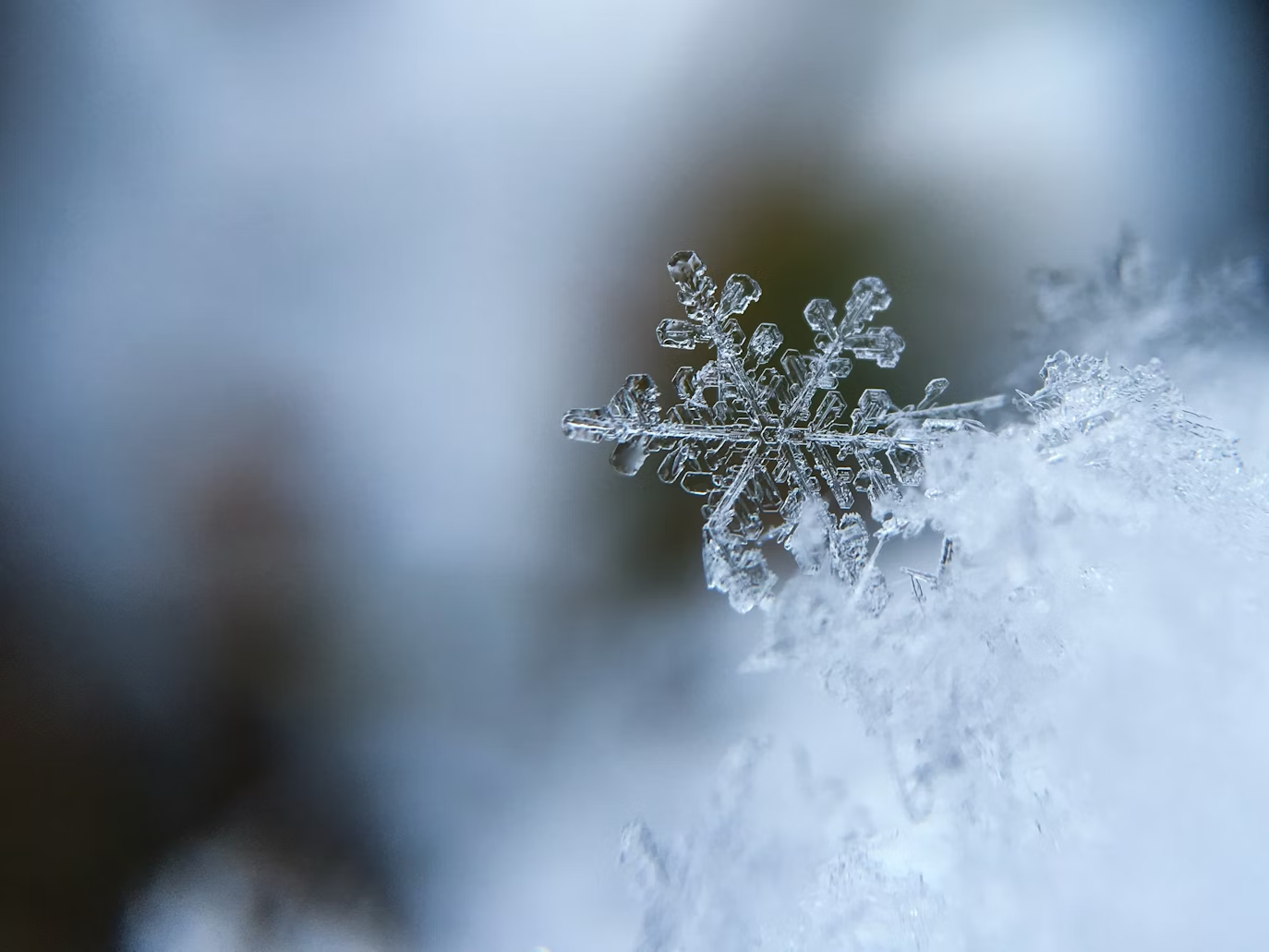Picture this: You’re enjoying a cozy winter evening when you notice water staining your ceiling. By morning, you’re calling emergency roofers and dealing with damaged drywall, ruined insulation, and potentially thousands in repairs. This nightmare scenario plays out for countless homeowners each winter, and the culprit isn’t just bad weather—it’s inadequate insulation creating the perfect conditions for destructive ice dams. Working with professionals like ARCO Insulation can ensure these types of issues are avoided.
What Are Ice Dams and Why Should You Care?
Ice dams form when warm air from your living space heats your roof unevenly, melting snow at the peak while leaving the edges frozen. This creates a barrier of ice along your gutters and eaves, forcing melting water to back up under your shingles and into your home.
The real problem isn’t just the immediate water damage—it’s what ice dams reveal about your home’s energy efficiency. If you’re getting ice dams, you’re literally watching your heating dollars melt away through your roof.
The Hidden Energy Drain That’s Costing You Hundreds
Most homeowners focus on the dramatic water damage ice dams can cause, but the ongoing energy waste is often more expensive over time. Here’s what’s really happening:
Heat Loss Through the Roof: When warm air escapes through inadequate attic insulation, it can increase your heating bills by 15-25%. For the average home, that’s $200-400 extra per winter season.
HVAC System Overwork: Your heating system works overtime trying to maintain temperature when heat constantly escapes upward. This leads to higher utility bills and premature equipment failure.
Thermal Bridging: Poor insulation creates pathways for heat transfer, making your entire home less efficient and comfortable.
The Three-Layer Defense System Your Roof Needs
Preventing ice dams requires a comprehensive approach that addresses the root cause: uncontrolled heat loss. Here’s what effective protection looks like:
Layer 1: Adequate Attic Insulation Your attic floor should have insulation rated between R-38 and R-60, depending on your climate zone. Many homes built before 2000 fall short of this standard, some by as much as 50%.
Layer 2: Air Sealing Even the best insulation fails if warm air bypasses it through gaps and cracks. Professional air sealing targets areas around light fixtures, plumbing penetrations, and attic access points where air commonly escapes.
Layer 3: Proper Ventilation Balanced intake and exhaust ventilation keeps your attic temperature consistent with outdoor temperatures, preventing the warm-roof conditions that create ice dams.
The Warning Signs Your Insulation Is Failing You
Don’t wait for ice dams to discover insulation problems. Watch for these red flags:
- Icicles forming along your roofline (a few small icicles are normal, but large formations indicate trouble)
- Uneven snow melt patterns on your roof
- Ice buildup in gutters that doesn’t clear after temperatures rise above freezing
- Drafty rooms or difficulty maintaining consistent temperatures
- Higher-than-expected heating bills compared to similar homes
Beyond Ice Dams: The Year-Round Benefits of Proper Insulation
While preventing ice dams might motivate you to upgrade your insulation, the benefits extend far beyond winter protection:
Summer Comfort: Quality insulation keeps hot air out, reducing cooling costs by up to 20%.
Consistent Indoor Temperatures: No more hot second floors in summer or cold rooms in winter.
Noise Reduction: Modern insulation materials significantly reduce outside noise transmission.
Indoor Air Quality: Proper insulation and air sealing reduce dust, pollen, and pollutant infiltration.
Home Value: Energy-efficient homes command higher prices and sell faster than inefficient ones.
The Real Cost of Waiting
Many homeowners postpone insulation upgrades, thinking they’re saving money. Here’s what delay actually costs:
- Immediate damage: Ice dam repairs average $1,000-5,000 per incident
- Ongoing waste: Poor insulation can waste $300-600 annually in excess energy costs
- Missed opportunities: Utility rebates and tax credits for insulation upgrades have expiration dates
- Compounding problems: Small air leaks and insulation gaps worsen over time
Professional Assessment: Your First Step to Protection
Every home is unique, and effective ice dam prevention requires understanding your specific situation. Professional insulation contractors use thermal imaging cameras and blower door tests to identify exactly where your home is losing heat and money.
A comprehensive energy audit typically reveals multiple improvement opportunities, allowing you to prioritize upgrades based on cost-effectiveness and your budget.
Making the Investment That Pays for Itself
Quality insulation upgrades typically pay for themselves within 3-7 years through energy savings alone. When you factor in avoided ice dam damage, improved comfort, and increased home value, the return on investment becomes even more compelling.
Many homeowners are surprised to learn that insulation improvements often qualify for utility rebates, manufacturer incentives, and federal tax credits that can offset 10-30% of project costs.
Take Action Before the Next Storm
Ice dams are entirely preventable with proper insulation and air sealing. Don’t wait for water damage to force your hand—proactive improvements cost far less than emergency repairs and deliver immediate comfort and energy savings.
The best time to upgrade your insulation is during mild weather when contractors can work efficiently and you have time to research options and financing. By taking action now, you’ll be ready for whatever winter throws at you.

